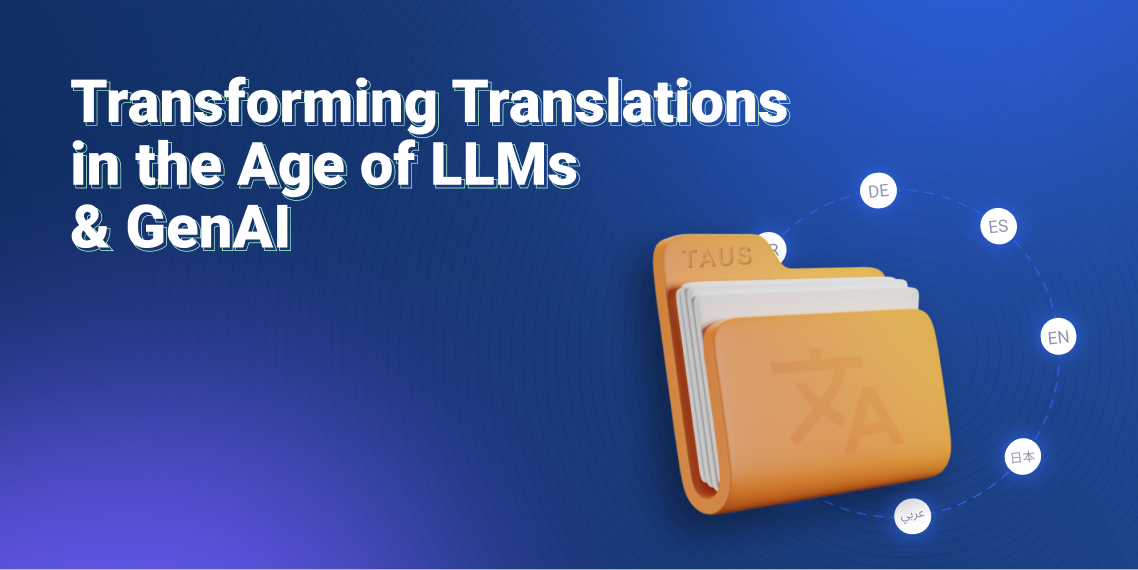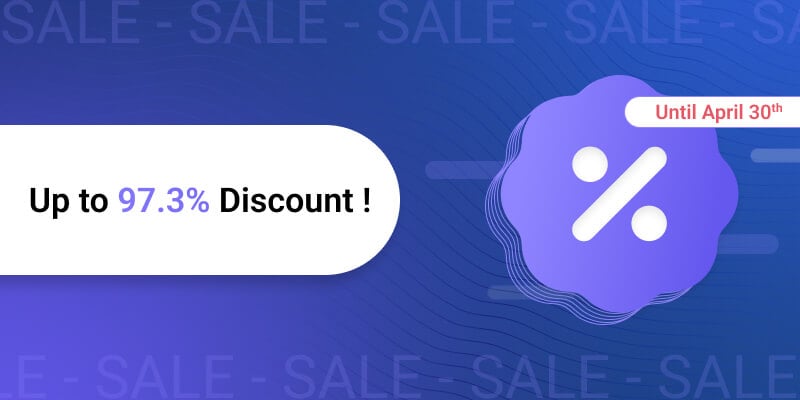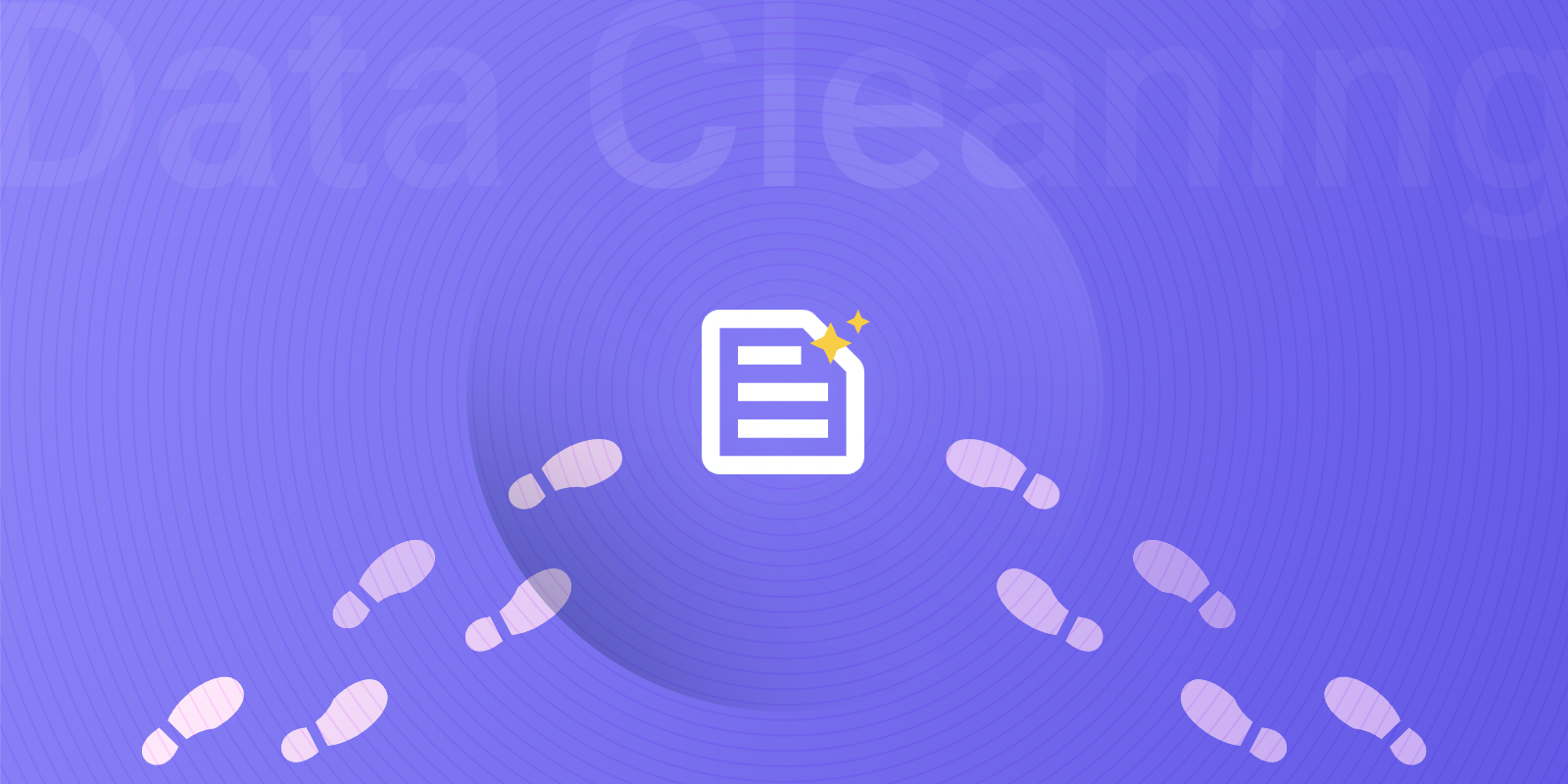Transforming Translations: The Crucial Role of Language Data in the Age of Large Language Models and Generative AI

Explore the crucial role of language data in training and fine-tuning LLMs and GenAI, ensuring high-quality, context-aware translations, fostering the symbiosis of human and machine in the localization sector.
In the ever-evolving landscape of the global translation and localization industries, the advent of Large Language Models (LLMs) and Generative AI (GenAI) has ushered in an abundance of new opportunities. Powerful AI models, like ChatGPT, Bard, LLaMA and other text generation systems, have fundamentally reshaped our approach to language-related tasks including translation. Amid this transformative landscape, one essential element stands out as the linchpin of success: language data. In this blog, we will dive into the significance of language data when it comes to revolutionizing translations using GenAI and LLMs.
Training the Giants
Large Language Models, such as GPT-3 and GPT-4, heavily rely on massive datasets to achieve their language understanding and text generation capabilities. These models ingest vast quantities of text, absorbing the nuances, structures, and patterns of various languages. To effectively train, fine-tune and domain adapt these LLMs for various downstream language-related tasks, particularly translation, companies need access to diverse, high-quality language data.
Maintaining Quality
The output quality of the models is of great importance. LLMs can assist in generating translations, but the quality of the results are only as good as the data they've been trained on. To ensure accurate, context-aware, and culturally relevant translations, language data plays a pivotal role. It helps fine-tune LLMs for specific tasks and domains, ultimately enhancing the quality of translations.
Bridging Language Gaps
One of the most remarkable aspects of LLMs is their multilingual capabilities. They can seamlessly work with numerous languages, making them invaluable tools for cross-border communication and content localization. However, this versatility hinges on the availability of comprehensive language datasets. Without access to extensive language data, LLMs would be ill-equipped to tackle the complexities of diverse linguistic landscapes, nor will they be able to extend their capabilities and support communication in languages that are still digitally underrepresented.
Speaking Your Language
Different industries and domains have their own unique terminology and jargon. In domains such as medicine, law, or finance, precise language and accurate translations are vital. In gaming, retail or marketplace domains, a different tone of voice and different vocabulary is needed. Feeding LLMs with domain-specific language data enables the models to understand and utilize industry-specific terminology accurately and communicate effectively with the customers in their unique style. This adaptability makes them more valuable for specialized translation and localization tasks.
Evaluation Cycle
Language data is not just for training; it is also for evaluation. When LLMs generate translations or content, their results need to be assessed for quality and accuracy. Language data can be utilized to create evaluation sets to score the LLMs’ performance both automatically or with humans in the loop. These scores are then fed back into the system for further fine-tuning and improvement.
The Human Touch
Human involvement remains indispensable. Language data provides the foundation, but that data needs to be in optimum quality. This is where the human touch comes in. Humans collect, curate and evaluate datasets before it’s used to train the models. Furthermore, humans can come in for review and ensure that translations consider cultural nuances, context, and emotional tone – elements that machines cannot fully comprehend without human guidance.
Multimodal Communication
With the rise of GenAI, language technology isn't confined to text alone. It extends to speech, visuals, and even non-verbal communication. Language data expands its role to include multimodal data, enabling AI systems to understand and respond to diverse forms of human interaction.
In Conclusion: Towards Translation Excellence
The significance of language data for the localization industry cannot be overstated. As we embrace the capabilities of LLMs and GenAI, it's clear that high-quality, diverse, and domain-specific language data is the lifeblood of these technologies. It not only powers the AI systems but also ensures that the human and machine symbiosis results in the highest quality output.
To stay competitive and to serve the ever-diversifying needs of global communication, now is the time to invest in robust language data collection, curation, and maintenance. Language data is the bridge between the human and machine elements, shaping the future of language technology and the localization sector. As LLMs continue to evolve, the importance of language data will only grow, guiding these AI giants toward greater feats in the world of language and communication.
With over 15 years of experience in the language data field, TAUS can help! Not only do we have a large repository of language data available off-the-shelf in 600+ language pairs, we also have our Human Language Project platform which we use to create language data in a wide variety of low-resource languages and domains. This micro-task platform is also used to enhance data in any kind of way, from annotation to post-editing to linguistic quality assessment.
Check out our off-the-shelf datasets or get in touch to see how we can help you in your journey!

Anne-Maj van der Meer is a marketing professional with over 10 years of experience in event organization and management. She has a BA in English Language and Culture from the University of Amsterdam and a specialization in Creative Writing from Harvard University. Before her position at TAUS, she was a teacher at primary schools in regular as well as special needs education. Anne-Maj started her career at TAUS in 2009 as the first TAUS employee where she became a jack of all trades, taking care of bookkeeping and accounting as well as creating and managing the website and customer services. For the past 5 years, she works in the capacity of Events Director, chief content editor and designer of publications. Anne-Maj has helped in the organization of more than 35 LocWorld conferences, where she takes care of the program for the TAUS track and hosts and moderates these sessions.


